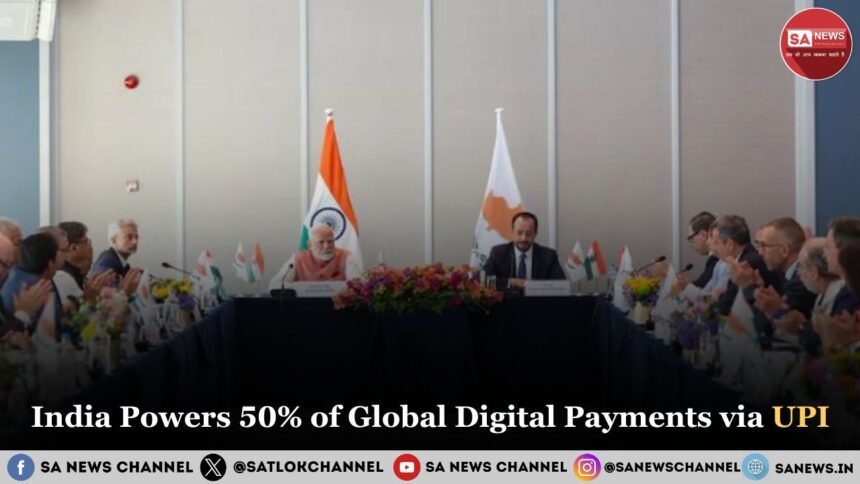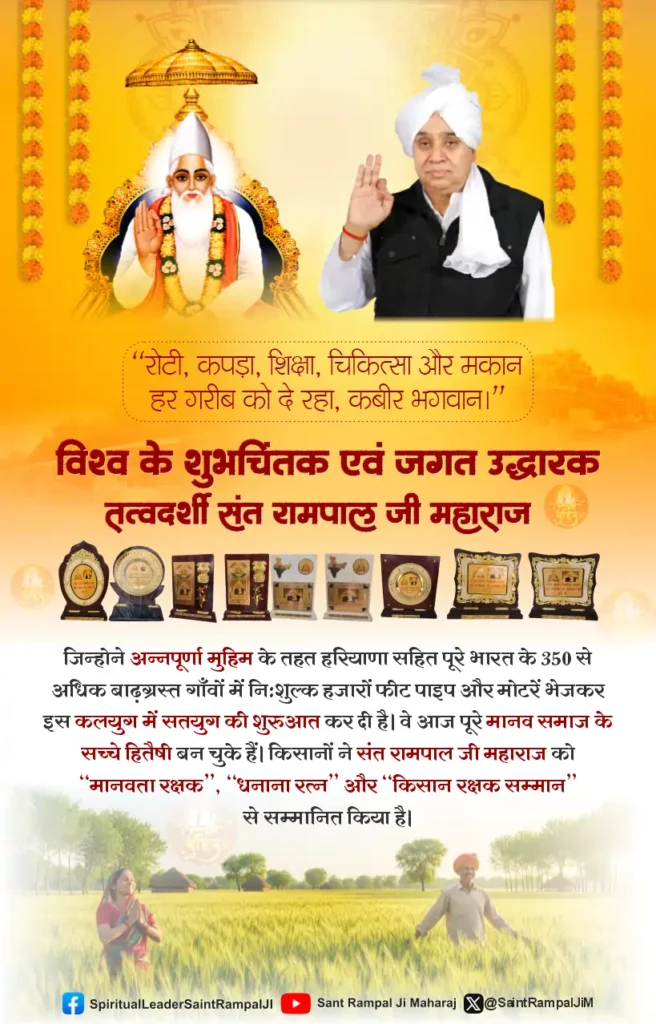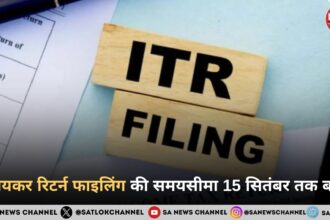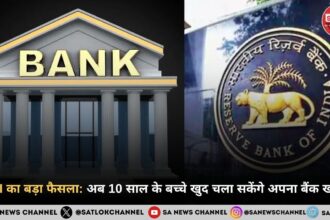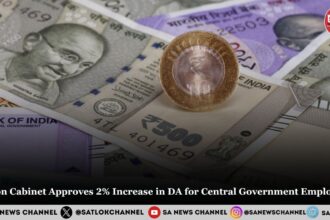India has, by now, emerged as the biggest player in digital payments, with its homegrown Unified Payment Interface (UPI) being responsible for nearly half of all global real-time digital payments. This, indeed, is not only a technological achievement but also a testimony to the expanding reach of Indian fintech across the world.
Launched by the Modi government in 2016, UPI has witnessed phenomenal growth and has been able to change the manner in which Indians send, receive, and manage their money. From an extremely modest 162 crore transactions in retail digital payments in India in FY2013, it shot up to an astronomical figure of 16,400 crore-plus transactions in FY2024, almost a hundredfold increase in just over ten years, according to the Reserve Bank of India (RBI).
₹1 Crore Worth of UPI Transactions Every Second
One would have thought that doing 18 billion-plus transactions monthly would be unimaginable for UPI India, and just in May 2025, the total value crossed ₹25 lakh crore. That is more than ₹1 crore worth of transactions in less than a second, a speed not matched by any other country.
According to the IMF, India tops the list of real-time digital payment adoption due to UPI interoperability; zero merchant fees; and simple applications. With an upward of 500 million active UPI users and over 600 banks endorsing it, UPI entered all the remotest places across the country.
UPI Goes Global: 8 Countries Onboard
India’s fintech innovation is now going global. UPI is currently accepted in eight countries:
- United Arab Emirates (UAE)
- Singapore
- Bhutan
- Nepal
- Sri Lanka
- France
- Mauritius
- Trinidad & Tobago (the latest to join in July 2025)
In these countries, BHIM, PhonePe, and GooglePay can be used by Indians, NRIs, and locals to pay through the UPI QR codes. These partnerships are made possible by NPCI International Payments Ltd (NIPL), which is actively seeking to expand the digital payments landscape of India beyond its borders.
Multiple regions also have MoUs signed with payment networks and banks to assist with real-time cross-border payment using UPI. Conversely, negotiations are going on for Kenya, Maldives, Peru, and Namibia to install similar setups.
NRIs Can Now Use UPI Without Indian SIM
Adding to its growing global appeal, IDFC First Bank has allowed Non-Resident Indians (NRIs) in 12 countries, including the US, UK, Canada, Australia, France, UAE, and Singapore, to use UPI with their international mobile numbers, without needing an Indian SIM.
This move simplifies access to digital banking for overseas Indians, allowing them to make payments, send money home, or shop online using their international number linked to a UPI-enabled Indian account.
Fintech Apps Driving Growth
Rapid adoption of UPI payments also occurs due to the dominance of apps in digital payment. Top performers as per NPCI data till June 2025 include:
- PhonePe: Leading in terms of volume and value
- Google Pay: A close second
- Paytm: Standing at around 6.9% of the market share
Together, these platforms together process over 80 percent of all UPI transactions. Given the recent lifting of market share caps by NPCI, other players like WhatsApp Pay and Amazon Pay are also expected to see increased traction, thereby enhancing competition and innovation.
UPI Replacing Cash and Cards
The IMF and World Bank have acknowledged that UPI has indeed curtailed the cash-and-card usage in India. In areas where UPI has made its present, ATM withdrawals have fallen steeply, and debit card usage has plummeted. This change now promotes a cleaner and transparent digital economy, curbing black money, and promoting inclusion.
Digital Payments Diplomacy of India
India is also pushing for the global acceptance of UPI by engaging with international regulators such as the Financial Action Task Force (FATF) and the Group of Twenty (G20). The idea is to ease the cross-border regulatory burden and build UPI as a cheaper and safer alternative to traditional systems like SWIFT, Visa, and Mastercard.
Made in India, Used by the World
In less than a decade, UPI has redefined the way India transacted, and now the world is paying attention. Thanks to seamless technology, a strong ecosystem, and government support, UPI is fast transforming into a global digital payment infrastructure rather than just a national payment system.
UPI has grown from doing transactions of ₹1 crore per second, making a case for India’s digital transformation under the Modi government, to being available internationally. With more countries joining the UPI network and better access for NRIs, the third vision of India being a cashless, inclusive, and globally integrated economy is rapidly becoming a reality.
From Digital India to Divine India
In much the same way as UPI operates across borders, Kabir Sahib, the Supreme God, is not confined within the limits of one religion. He is the eternal God, referred to by all the holy scriptures- such as the Quran, the Bible, the Guru Granth Sahib, and the Vedas. Saint Rampal Ji Maharaj has given proofs revealing that Kabir Sahib is our Creator; Satlok is our eternal home not Earth. In the same way, just as UPI removes middlemen in banking by cutting through several layers to provide direct and simple transactions, so does true knowledge of spirituality given by a Tatvdarshi Sant lead us straight to salvation beyond rituals and blind faith.
Let’s join the world not just in digital connectivity but also spiritual unity under the direction of Supreme God Kabir Sahib. Man will achieve some genuine peace, justice, and liberation in Satlok.
FAQs about UPI payments
1. What percentage of global real-time digital payments is handled by India’s UPI?
Ans: India’s UPI system now handles nearly 50% of all global real-time digital payments.
2. In how many countries is UPI currently accepted as of July 2025?
Ans: UPI is accepted in eight countries: UAE, Singapore, Bhutan, Nepal, Sri Lanka, France, Mauritius, and Trinidad & Tobago.
3. How many UPI transactions were recorded in India in FY2024?
Ans: Over 16,400 crore UPI transactions were recorded in FY2024, compared to 162 crore in FY2013.
4. What major facility has been provided to NRIs recently regarding UPI?
Ans: NRIs in 12 countries can now use UPI with their international mobile numbers, without needing an Indian SIM card.
5. According to Saint Rampal Ji Maharaj, who is the Supreme God and what is our eternal home?
Ans: According to Saint Rampal Ji Maharaj, Kabir Sahib is the Supreme God, and Satlok is our eternal abode not Earth.


